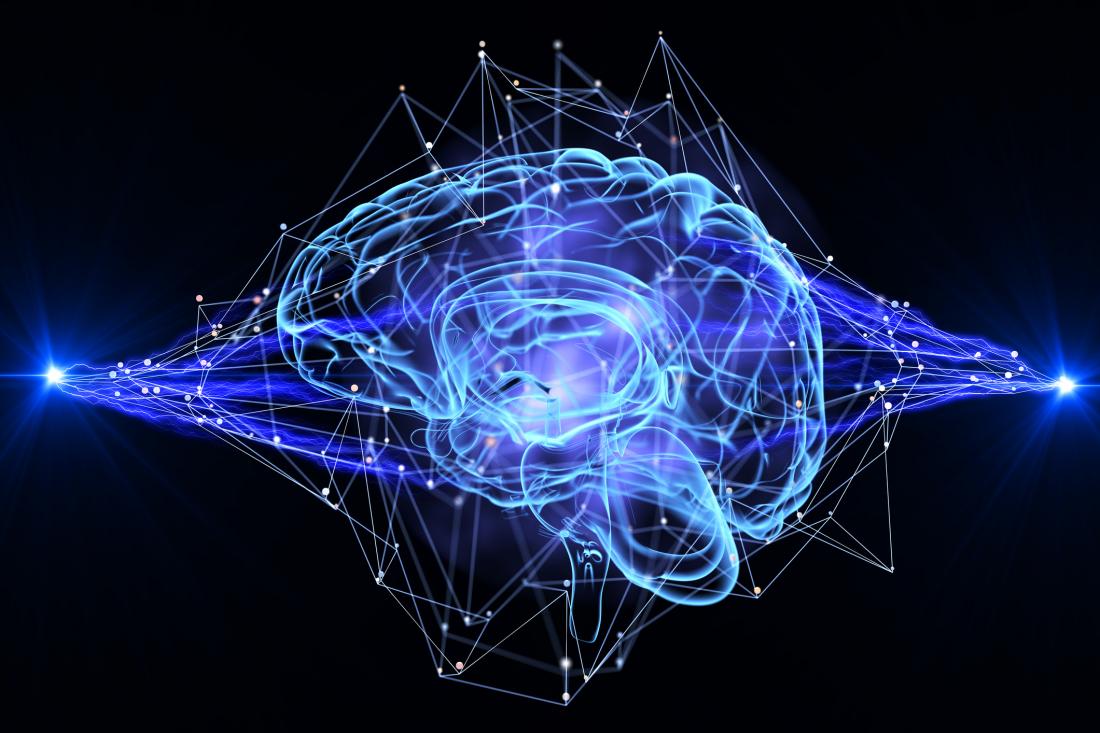According to one study, SARS-COV-2 infects brain cells known as astrocytes, producing structural abnormalities in the brain. SARS-CoV-2 infection can produce brain changes and neurocognitive impairment, particularly in protracted COVID-19 syndrome, although the underlying processes remain unknown.
Daniel Martins-de-Souza and colleagues employed magnetic resonance imaging (MRI) to examine brain anatomy in 81 research participants recovering from a moderate COVID-19 infection versus 81 healthy people. The scientists discovered that the former group had lower cortical thickness, which was linked to cognitive deficits and symptoms like anxiety and sadness.
The authors analyzed brain samples from 26 people who had died of COVID-19, finding that samples from five of these individuals exhibited tissue damage.
Further analysis of damaged brain samples revealed that astrocytes, which are brain cells that sustain neuronal metabolism, were particularly likely to be infected with SARS-CoV-2 and that the virus enters these cells through the NRP1 receptor.
Once infected, astrocytes exhibited altered levels of metabolites used to fuel neurons and neurotransmitter production, and the infected cells secreted neurotoxic molecules. According to the authors, the findings uncover structural changes observed in the brains of people with COVID-19.
The significance of the study denotes the neurological symptoms that are among the most prevalent of the extrapulmonary complications of COVID-19, affecting more than 30 per cent of patients. In this study, we provide evidence that severe acute respiratory syndrome coronavirus 2 (SARS-CoV-2) is found in the human brain, where it infects astrocytes and to a lesser extent, neurons.
Also Read: Research reveals leaving small kidney stones behind causes complications later
We also show that astrocytes are susceptible to SARS-CoV-2 infection through a noncanonical mechanism that involves spike-NRP1 interaction and respond to the infection by remodeling energy metabolism, which in turn, alters the levels of metabolites used to fuel neurons and support neurotransmitter synthesis. The altered secretory phenotype of infected astrocytes then impairs neuronal viability. These features could explain the damage and structural changes observed in the brains of COVID-19 patients.
Although increasing evidence confirms neuropsychiatric manifestations associated mainly with severe COVID-19 infection, long-term neuropsychiatric dysfunction (recently characterized as part of “long COVID-19” syndrome) has been frequently observed after mild infection.
The study shows the spectrum of cerebral impact of severe acute respiratory syndrome coronavirus 2 (SARS-CoV-2) infection, ranging from long-term alterations in mildly infected individuals (orbitofrontal cortical atrophy, neurocognitive impairment, excessive fatigue and anxiety symptoms) to severe acute damage confirmed in brain tissue samples extracted from the orbitofrontal region (via endonasal transethmoidal access) from individuals who died of COVID-19.
In an independent cohort of 26 individuals who died of COVID-19, we used histopathological signs of brain damage as a guide for possible SARS-CoV-2 brain infection and found that among the 5 individuals who exhibited those signs, all of them had genetic material of the virus in the brain.
Brain tissue samples from these five patients also exhibited foci of SARS-CoV-2 infection and replication, particularly in astrocytes. Supporting the hypothesis of astrocyte infection, neural stem cell-derived human astrocytes in vitro are susceptible to SARS-CoV-2 infection through a noncanonical mechanism that involves spike-NRP1 interaction.
SARS-CoV-2-infected astrocytes manifested changes in energy metabolism and in key proteins and metabolites used to fuel neurons, as well as in the biogenesis of neurotransmitters. Moreover, human astrocyte infection elicits a secretory phenotype that reduces neuronal viability.
The study results in cognitive Impairments and Neuropsychiatric Symptoms in Convalescent COVID-19 Patients Correlate with Altered Cerebral Cortical Thickness. A cortical surface-based morphometry analysis (using a high-resolution 3T MRI) on 81 subjects diagnosed with mild COVID-19 infection (62 self-reported anosmias or dysgeusia) who did not require oxygen support.
Follow Medically Speaking on Twitter Instagram Facebook





